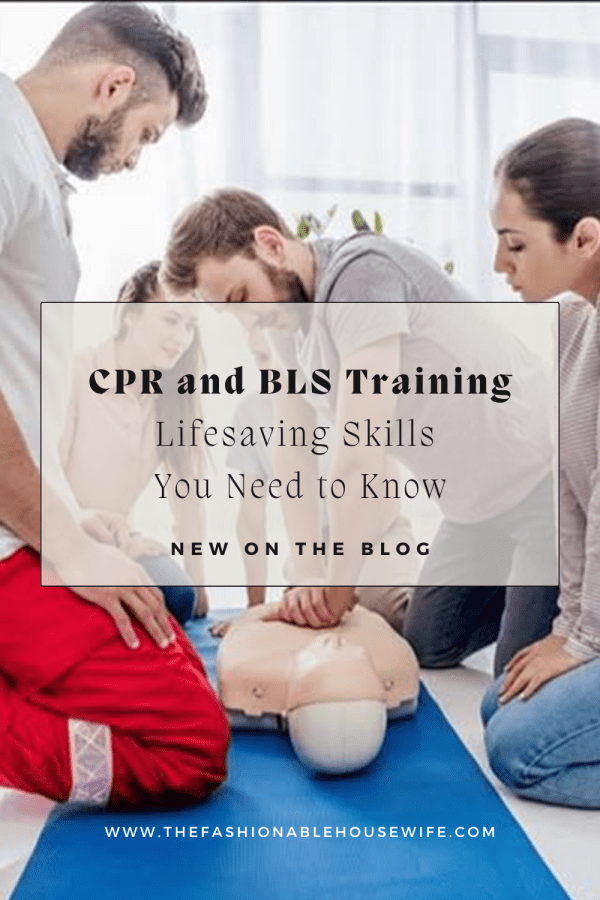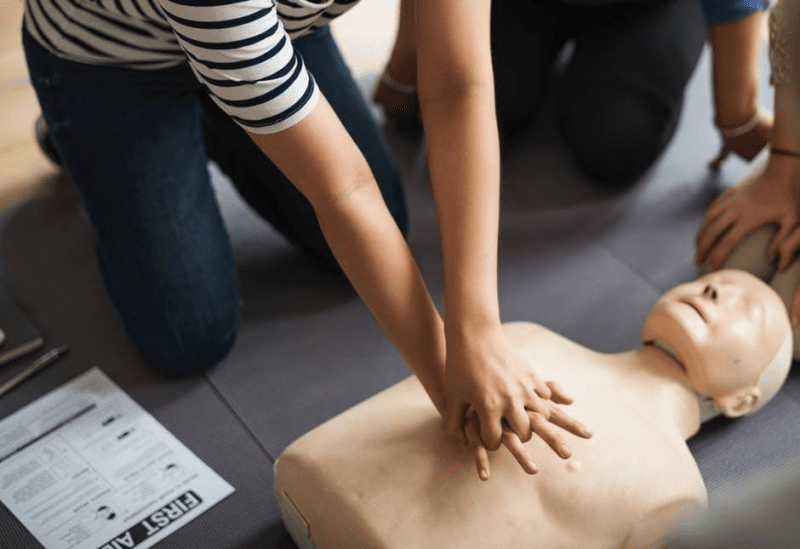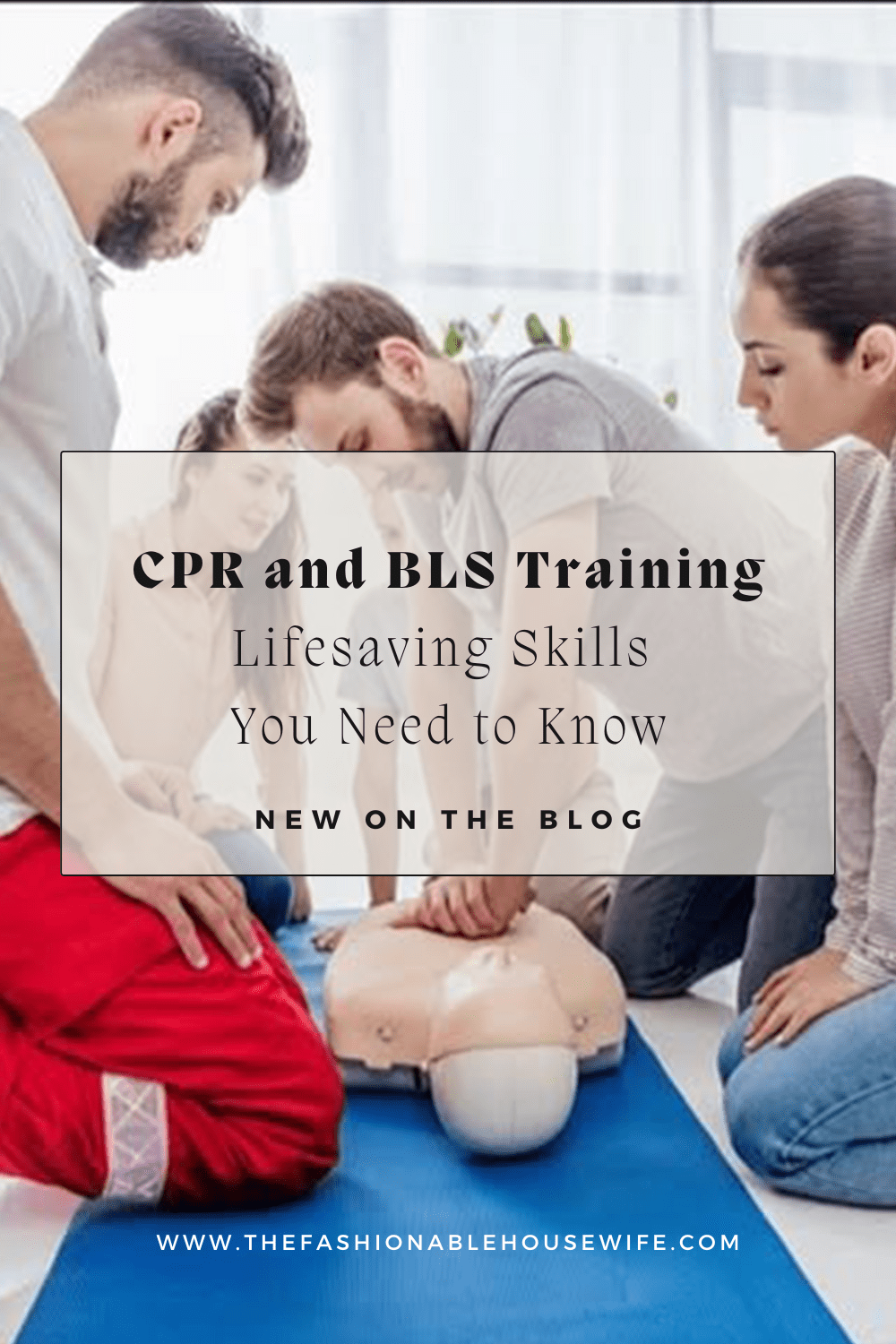CPR and BLS Training: Lifesaving Skills You Need to Know

In emergencies, every second counts. Whether it’s a sudden cardiac arrest, choking, or drowning incident, having the right training can make the difference between life and death. That’s where CPR (Cardiopulmonary Resuscitation) and BLS (Basic Life Support) training come in.
These essential skills empower everyday individuals-parents, teachers, employees, and even teenagers-to act quickly and effectively in critical situations. Read on.
What is CPR?
CPR stands for Cardiopulmonary Resuscitation. It is a simple but powerful way to help someone whose heart has stopped. CPR involves pushing hard and fast on the chest (called chest compressions) to keep blood flowing to the brain and other vital organs. Sometimes, it also includes giving rescue breaths.
When a person has a cardiac arrest, their heart suddenly stops beating. This can happen without warning. If CPR is started right away, it can double or even triple their chance of survival.
Hands-only CPR is now recommended for most adults. This means doing chest compressions without rescue breaths. It’s easy to learn and just as effective in many cases.

What is BLS?
BLS stands for Basic Life Support. It includes CPR, but also teaches other lifesaving skills. BLS training is usually for healthcare workers, lifeguards, first responders, and others who may need to help in emergencies.
In BLS training, you learn how to:
- Use an AED (a machine that can restart the heart)
- Give rescue breaths
- Help someone who is choking
- Work with others in a team during an emergency
BLS is more advanced than basic CPR, but it’s still easy to learn with practice.
Why Is CPR and BLS Training Important?
Most cardiac arrests happen at home. That means you’re more likely to need these skills for a loved one. Without quick help, brain damage can start in just 4 to 6 minutes. Emergency services may take longer to arrive.
If you know CPR and BLS, you can step in right away. You don’t need to be a doctor or nurse. Just being trained gives you the confidence to help.
Many people are scared they might do it wrong. But doing something is almost always better than doing nothing. Training teaches you what to do and helps you stay calm during an emergency. Check out Cprcertificationnow.com to learn more.
Who Should Learn?
Anyone can learn CPR. It’s especially useful for:
- Parents and caregivers
- Teachers and school staff
- Coaches and gym workers
- Babysitters
- Workplace teams
BLS is required for many healthcare and public safety jobs. But more and more everyday people are choosing to take BLS classes too.
Training is offered by trusted groups like the American Heart Association and the Red Cross. You can take classes in person or online.
Have the Lifesaving skills to Save Lives Today
Learning CPR and BLS is one of the best things you can do to help others. It only takes a few hours to learn, but the skills can last a lifetime. You might save a friend, a family member, or even a stranger one day.
Don’t wait for an emergency to happen. Get trained. Be ready. Be a lifesaver.

